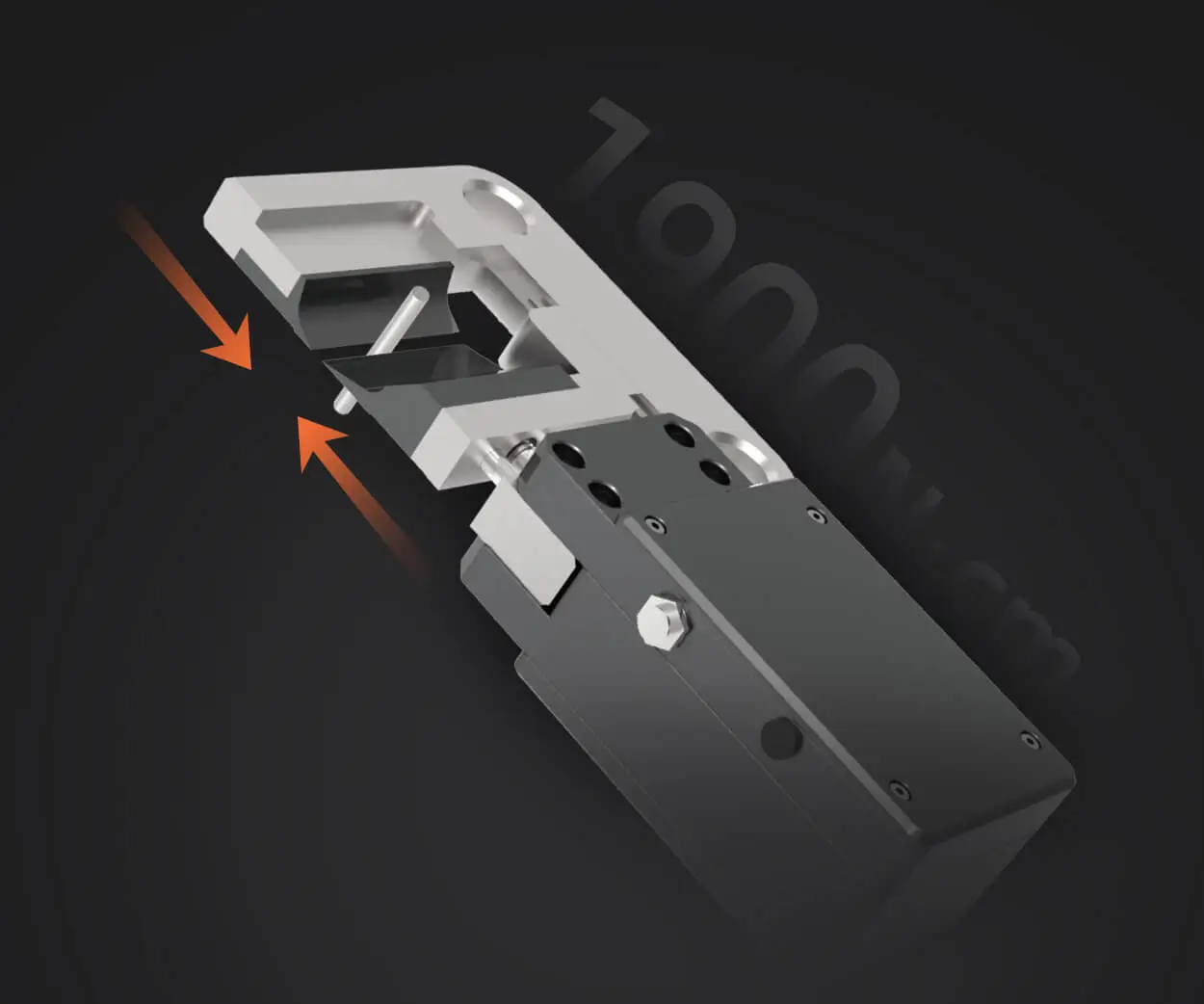When it comes to building scalable systems, the debate between monoliths and microservices can feel like choosing between a solid brick wall and a sprawling city. Think about it: a monolith is like a fortress—everything in one strong, unified structure. Change one brick, and sometimes you risk shaking the entire wall. Microservices? They’re like a bustling neighborhood—independent, flexible, each with its own charm and purpose.

Ever wondered what’s faster to get rolling? For small projects or startups, monoliths can sometimes be the easiest. Everything’s in one place—less complexity, less hassle. But oh boy, as your app grows, that monolithic codebase can get sluggish. One bug? You might end up tearing down part of the fortress just to fix a small issue. Plus, deploying updates becomes a big scene—lots of testing, coordinating, waiting.
Now, microservices bring their own set of perks. They’re like having multiple tiny shops rather than one big mall. You can tweak one without disturbing others, scale each service separately, and even have different teams handling different parts—imagine the convenience. But wait, it's not all smooth sailing. These little shops need their own security guards, maintenance, and sometimes they get into turf wars—communication can be a headache.
Here's a question that pops up often: Can microservices really save time? It can, especially when you’re rolling out features that need to grow independently. But, initially, setting up this divided system takes effort. You need a good communication network inside your app, like a reliable street map. The overhead of managing multiple services—more deployment pipelines, more monitoring—requires discipline.
Let's think about resilience. If one tiny shop catches fire, the whole mall doesn’t burn down. In a monolith, a bug or crash can take your entire app offline. Microservices isolate failures. That’s a big win, no doubt. But if you’re not careful, managing failures across multiple services can become a complex puzzle.
Why do some companies swear by microservices? Flexibility, faster feature releases, better scalability—it’s a dream for some. But it’s not always the best fit. If your project is lean, not expected to grow too wild, sticking to a monolith might be smarter.
So, which approach wins? It depends on your goals. Do you want quick, simple deployment now, or are you thinking long-term, ready to handle complexity? Sometimes, starting with a monolith and splitting off microservices as you go can hit that sweet spot.
Curious about which suits your project better? Think about your team’s capacity, your growth plans, your need for scalability. It’s not about right or wrong—it's about what makes your vision come true smoothly. Tough choice? Maybe. But understanding the pros and cons helps you steer clear of surprises.
Systems are like people—no one-size-fits-all. Pick what feels right. Remember, these architectures are tools in your toolbox, ready to be shaped around your unique needs. Fire up your imagination—dream big, plan well, and build smart.
Established in 2005, Kpower has been dedicated to a professional compact motion unit manufacturer, headquartered in Dongguan, Guangdong Province, China. Leveraging innovations in modular drive technology, Kpower integrates high-performance motors, precision reducers, and multi-protocol control systems to provide efficient and customized smart drive system solutions. Kpower has delivered professional drive system solutions to over 500 enterprise clients globally with products covering various fields such as Smart Home Systems, Automatic Electronics, Robotics, Precision Agriculture, Drones, and Industrial Automation.




































